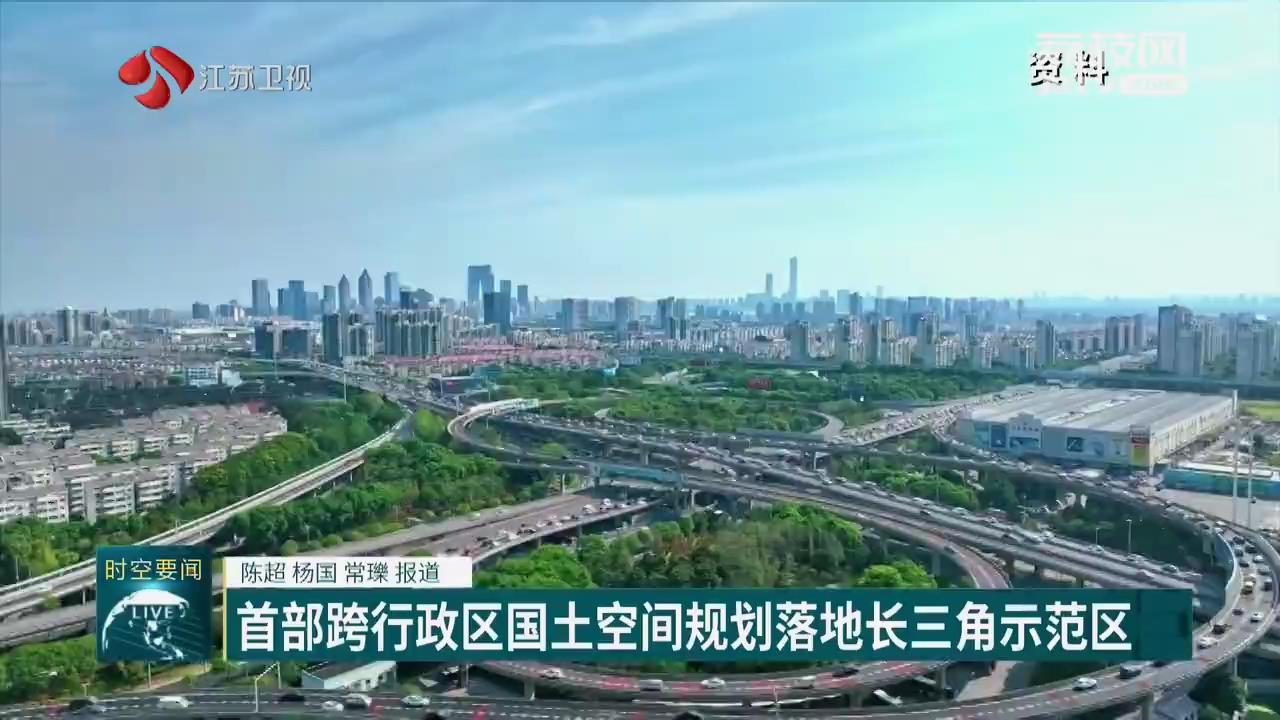China's first trans-administrative territorial space planning has landed in the Yangtze River Delta demonstration area with the approval of the Overall Planning of the Land and Space of the Ecological and Green Integration Development Demonstration Zone in the Yangtze River Delta by the State Council, China’s cabinet.

It took more than three years for Shanghai, Jiangsu and Zhejiang to jointly organize and complete the preparation of the Overall Planning of the Land and Space of the Ecological and Green Integration Development Demonstration Zone.
As the fundamental basis for the planning, construction and governance of the Yangtze River Delta demonstration area, the Overall Plan has defined 25 core indicators and highlighted the strengthening of bottom line constraints. For example, the plan requires that the most stringent farmland protection system be implemented in all parts of the Yangtze River Delta demonstration area. By 2035, the amount of farmland in the demonstration area will be no less than 766 thousand mu, including no less than 665.4 thousand mu of permanent basic farmland.
It is strictly prohibited to conduct centralized, large-scale and high-intensity development and construction in the Yangtze River Delta demonstration area. The total scale of the planned construction land in the demonstration area is controlled within 803.6 square kilometers.
The Overall Plan requires that by 2035, the forest coverage rate in the demonstration area will be increased from 8.6% to 12%, the proportion of Class III of the state-controlled section will reach 100%, and the energy consumption of the 10 thousand yuan area's GDP will be controlled below 0.22 tons of standard coal.
In addition, the Overall Plan encourages the implementation of international and open research institutions to create efficient transportation networks. In order to ensure that the implementation of the Overall Plan is not distorted, the Yangtze River Delta Demonstration Zone will also build a "one map" implementation supervision information system by establishing a dynamic monitoring, regular evaluation and timely maintenance system for the implementation of the plan.






